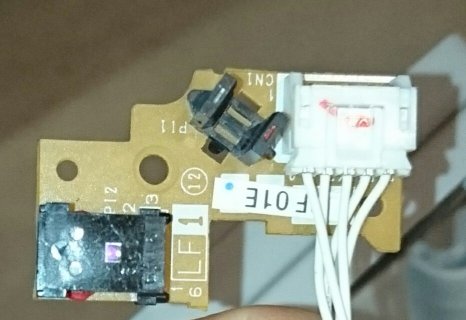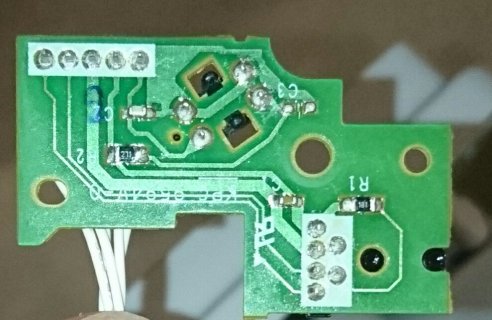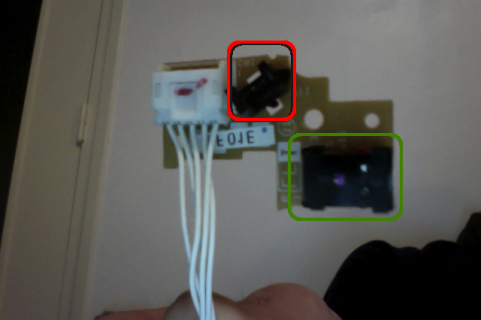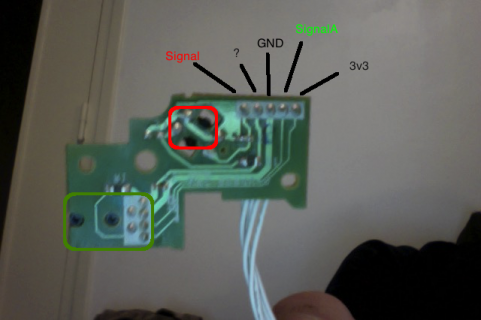Hi all,
Is it the correct way to wire 12 x A1318 hall sensors http://www.allegromicro.com/~/media/Files/Datasheets/A1318-A1319-Datasheet.ashx?la=en&hash=FE0C31055C84B8E8C655FE86A6963B0D82BCC37E and one rotary encoder?
A9 to A11 are suppose to be connected also. as for gnd 2 to each sensors and 3V3.
The A1318 draws 7mA each so I suppose it is ok to use the 3V3 output from the teensy.
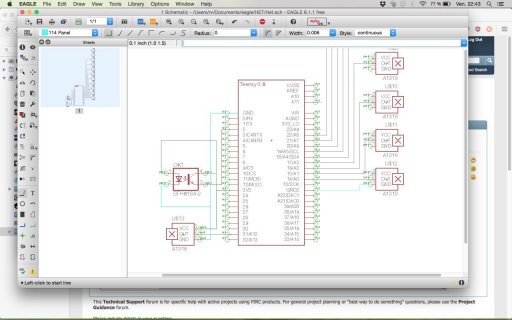
Is it the correct way to wire 12 x A1318 hall sensors http://www.allegromicro.com/~/media/Files/Datasheets/A1318-A1319-Datasheet.ashx?la=en&hash=FE0C31055C84B8E8C655FE86A6963B0D82BCC37E and one rotary encoder?
A9 to A11 are suppose to be connected also. as for gnd 2 to each sensors and 3V3.
The A1318 draws 7mA each so I suppose it is ok to use the 3V3 output from the teensy.



